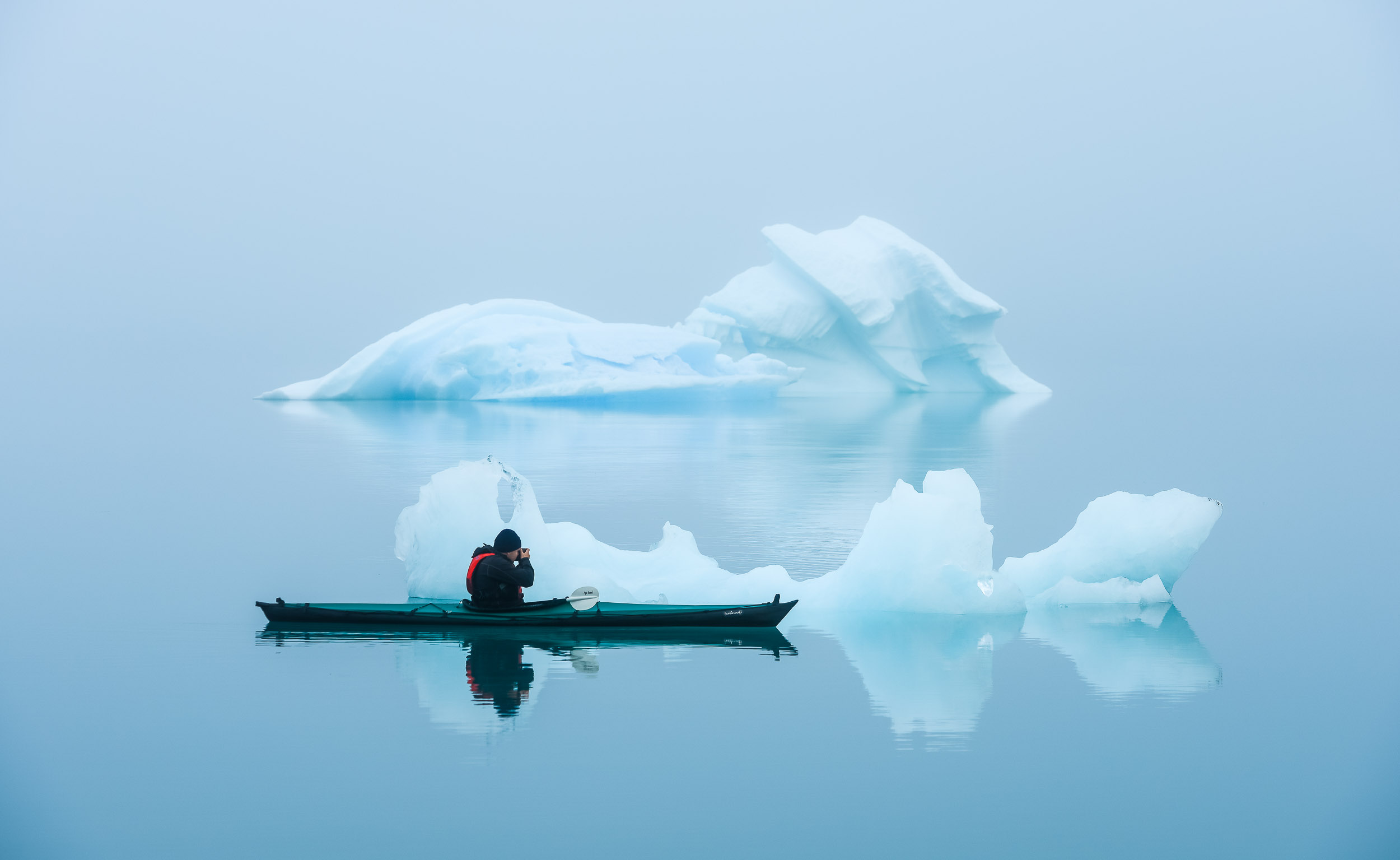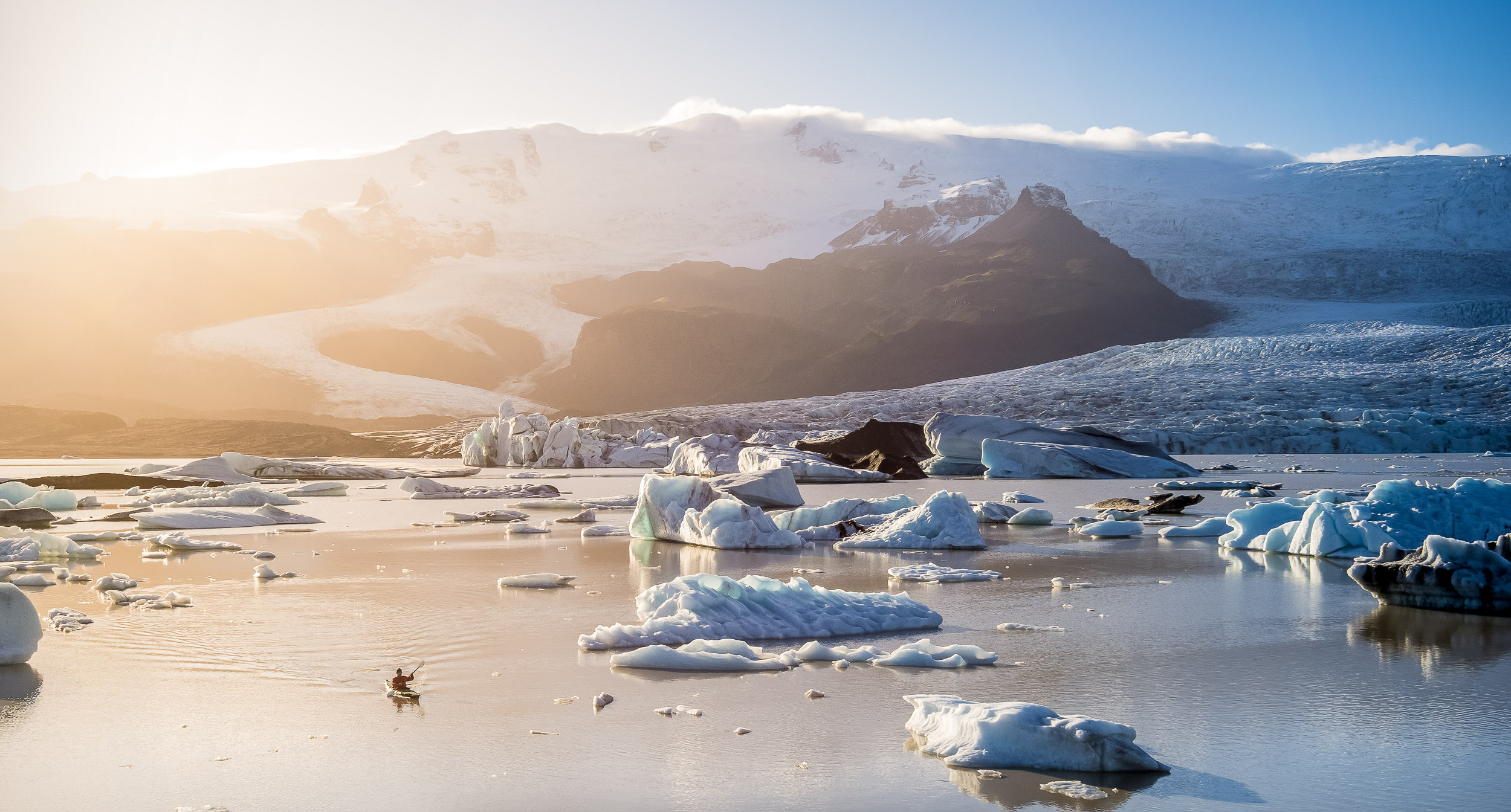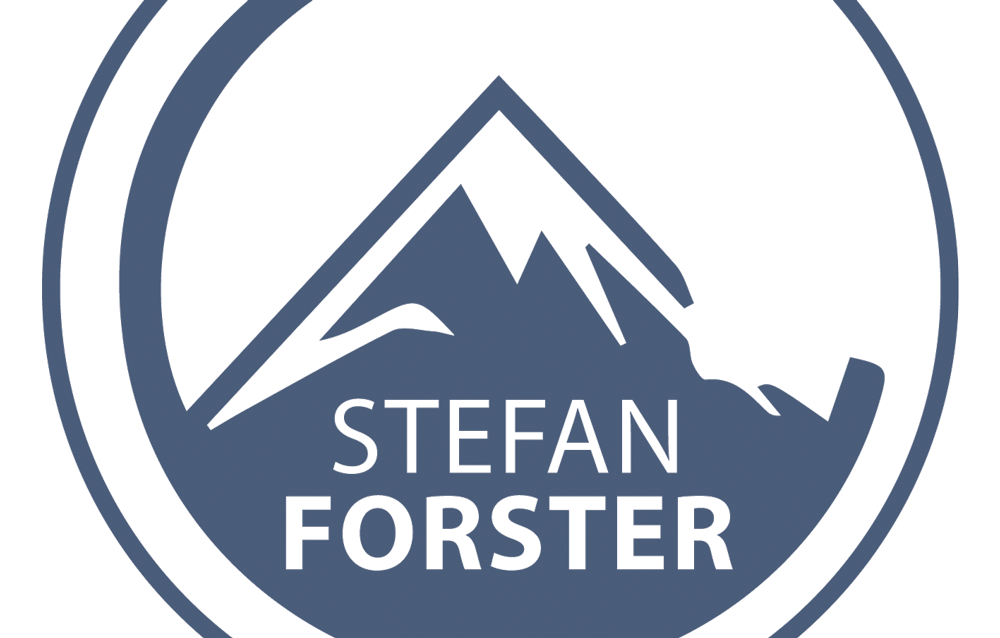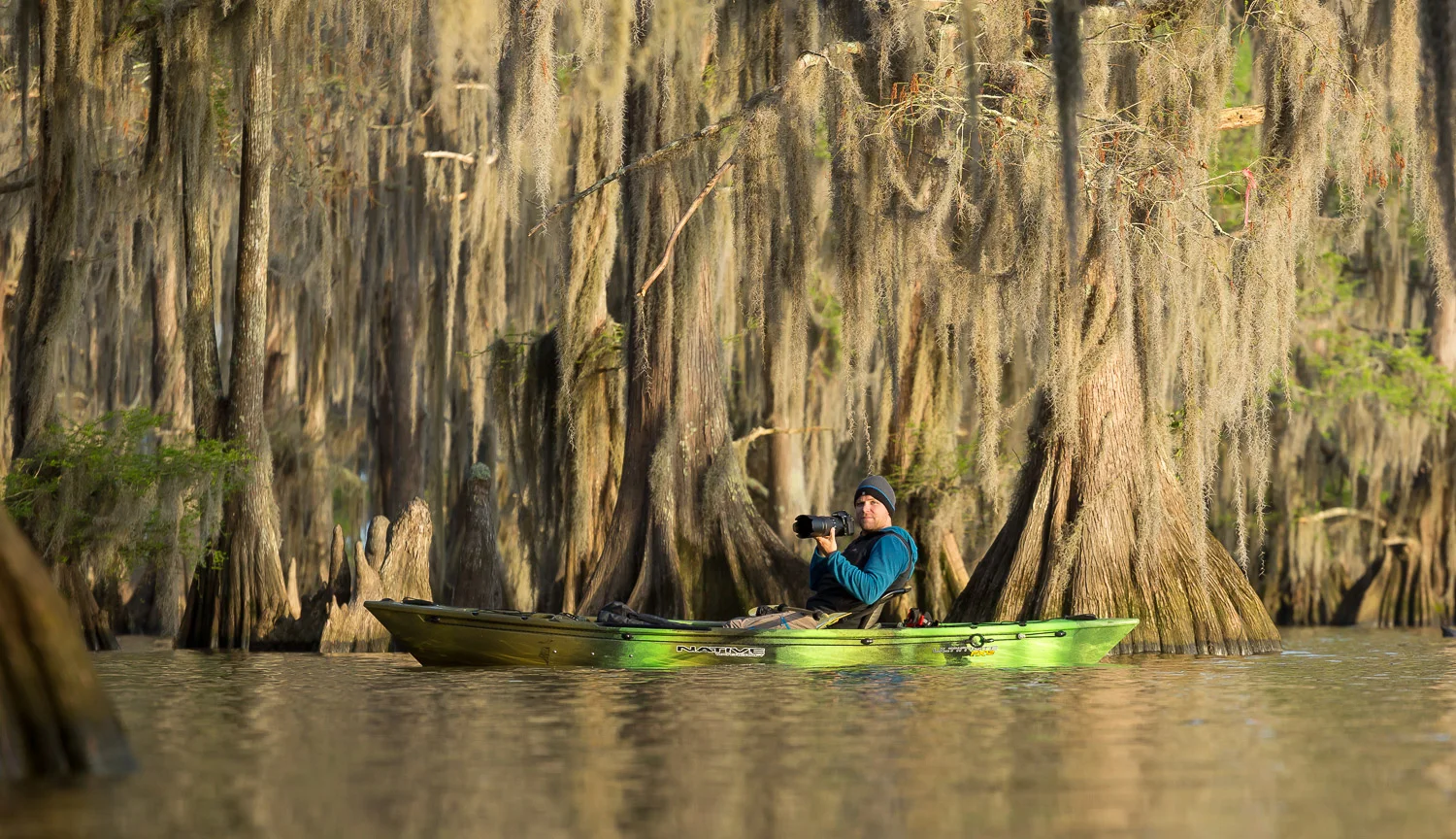
Intro
Meine Geschichte .. My story
....
Die Geschichte meiner Fotografie findet ihren Anfang in Island. Im Alter von 18 Jahren beschloss ich, alleine durch das südliche Hochland von Island zu wandern. Bei meinen gleichaltrigen Freunden stieß ich damit auf Unverständnis. Die Kamera für diese Reise erwarb ich von dem Geld, das ich durch den Verkauf meines ersten Bildes an Tageszeitungen und Fachmagazine in der Schweiz, Deutschland und Österreich sowie den USA verdient hatte.
Mir war es ein Jahr zuvor, mehr aus Zufall als aus Können, gelungen, einen seltenen Kugelblitz zu fotografieren. Ich stand (wie bei jedem Gewitter) am Dachfenster und probierte, mit der Kamera die Blitze zu fotografieren, als plötzlich ein gewaltiger Blitz den Himmel erleuchtete. Aus dessen Mitte entstand eine Kugel, die einige Sekunden an Ort und Stelle erstrahlte, um schließlich mit einem noch nie gehörten dumpfen Knall zu verschwinden. Da ich unwissend darüber war, was ich fotografiert hatte, stellte ich das Bild in ein Unwetterforum. Nur wenige Stunden später wurde ich von Dr. Alexander Keul, einem der führenden Kugelblitzforscher, kontaktiert. Nach diversen Untersuchungen, die die Echtheit des Fotos allesamt bestätigten, konnte das Bild publiziert werden und das Geld für die erste Kamera war zusammen. Die Reise nach Island konnte beginnen. Auf den ins-gesamt 189 Kilometern, die ich mit meinem anfangs 36 Kilogramm schweren Rucksack, vollbepackt mit Proviant für 13 Tage, Zelt, Schlafsack, Pfannen und weiteren lebenswichtigen Dingen in Island zurücklegte, entdeckte ich meine Liebe zur Natur und zur Fotografie. Das Gehirn der meisten Menschen, meines eingeschlossen, ist nicht imstande, jedes noch so schöne Erlebnis oder eine faszinierende Landschaft als präsente Erinnerung zu speichern. Mit meiner ersten Kamera änderte sich dies und ich konnte mich dank der entstandenen Bilder in Momente zurückversetzen, an die ich mich ein Leben lang erinnern möchte. In den folgenden Jahren kamen viele weitere Fotoexpeditionen dazu: Mit dem Kayak paddelte ich an der grönländischen Westküste entlang, zeltete in den Wäldern von Alaska und Kanada, bestieg Vulkane, die nicht bestiegen werden durften, wartete, vor Kälte schlotternd, monatelang auf Polarlichter, paddelte mit dem Kayak im Dunklen zwischen den Alligatoren der Swamps von Louisianna.
Stets mit dabei war meine Fotoausrüstung, die von Mal zu Mal umfangreicher wurde. Ohne dokumentierende Bilder, die das Erlebte zeigen, wären Geschichten nur Geschichten. Parallel zum Aufbau meines Portfolios gründete ich im Jahre 2008 ein Kurszentrum für Fotografie und Fotoreisen in Wil. Zusammen mit meiner Frau Iris, welche das gesamte Reisebüro sowie die Kursadministration leitet, werden jährlich über 700 Kursteilnehmerinnen und Teilnehmer bei uns unterrichtet und rund 100 davon begleiten uns auf von mir geführten Fototouren nach Island, Grönland, Alaska, Kanada, Namibia, Schottland, Norwegen und zu vielen weiteren Destinationen. Von Anfang an sollte meine Fotografie die Natur in ihren schönsten Momenten festhalten. Wenn der Himmel bei Sonnenuntergang nicht rot leuchtete, dann suchte ich diesen Punkt so lange auf, bis er das tat. Ich lehne jede Art der Bildmanipulation ab, denn die Welt verwöhnt uns bereits mit unrealistisch wirkenden Farben und Lichtstimmungen, diese nachträglich noch zu verstärken ist ethisch nicht korrekt. Die wahre Heldin aller im Buch gezeigten Bilder ist somit die Natur und nicht der Fotograf. Meine Aufgabe ist es lediglich, den Betrachtern zu zeigen, wie wunderschön unser Planet ist und was es zu schützen gilt.
..
The story of my photography be-gins in Iceland. At age eighteen, I decided to hike alone across the country’s southern plateau. At the time, my peers thought I must have been out of my mind. I paid for the camera I used on this trip with proceeds from the first image I sold to daily newspapers and specialty journals in Switzerland, Germany, Austria, and the United States.
The year before, I had managed to capture an image of a rare occurrence of ball lightning; it was more by accident than cunning. I was standing—as I always do during thunderstorms—at the skylight, trying to shoot the lightning, when suddenly a massive bolt lit up the sky. A sphere formed in its center that hovered for a few seconds, beaming with light, only to vanish with a dull report like nothing I’d ever heard. Not knowing what I had photographed, I posted the picture to a storm watchers’ forum. Within hours I had heard from Dr. Alexander Keul, a leading ball lightning researcher. After various inquiries, all of which confirmed the authenticity of the photo, the image was fit for publication. The sale raised enough money for my first camera. I was ready to go to Iceland. All told I covered 189 km (118 mi.) with a pack that weighed in at 36 kg (80 lbs.), loaded with thirteen days’ provisions, a tent, a sleeping bag, cooking gear, and other means of survival in Iceland. I discovered my love of nature and photography. Most people’s brains—mine included—are not set up to retain a beautiful experience or a fascinating landscape, no matter how impressive, in the form of a palpable memory. My first camera changed this for me. Its images let me transport myself back to moments I want to be able to recall for as long as I live. My photography expeditions accumulated in the following years: I paddled by kayak along the west coast of Greenland; camped in the forests of Alaska and Canada; climbed active volcanoes; waited, shivering with frost, for months to see an aurora; and kayaked through the dark among the alligators of Louisiana’s swamps.
At all times I hauled my photography gear, which expanded with every trip. Without the images to document what I’d done, the stories would have been just that: stories. While I was busy building up my portfolio, I founded a center for photography classes and expeditions in Wil, Switzerland. My wife, Iris, manages the entire travel agency and administers the courses, and together we teach more than seven hundred annual participants, about one hundred of whom accompany our guided photography tours of Iceland, Greenland, Alaska, Canada, Namibia, Scotland, Norway, and many other destinations. From the very beginning, my photography was meant to record nature at its most beautiful moments. If at sunset the sky wasn’t glowing red, then I would come calling until it did. I refuse to engage in any practice of manipulating photographs. The world such as it is already treats us to surreal colors and moods of light. Coming along after the fact and intensifying them is ethically unsound. The true heroine of all the images shown in this book is therefore nature itself, rather than the photographer. My task is merely to demonstrate to all beholders the wonders of our planet, and to show what needs protecting.
....
MEIN MOTTO
GEHE DEINEN WEG NICHT AUF AUSGETRETENEN PFADEN

Was ich nutze .. What I use
Mein Equipment .. My gear
Kamera .. Camera
....
Ich fotografiere seit 2012 mit Nikon und seit September 2019 darf ich den begehrten Titel des NIKON AMBASSADORS tragen. Als Kamera nutze ich seit Herbst 2018 drei Nikon Z9, Z7II.
Dazu nutze ich folgende Objektive:
- Nikkor 20mm 1.8 S
- Nikon 14-30mm 4 S
- Nikon 14-24mm 2.8 S
- Nikkor 100-400mm 4-5.6 S
- Nikkor 600mm F4 TC S
- Nikkor 24-120mm 4 S
- Nikkor 105mm 2.8 S
..
Since 2012 I’m photographing with Nikon. Starting from September 2019 I’m honored to be NIKON AMBASSADOR. My actual camera is the Nikon Z9, Z7II.
I’m using the following lenses:
- Nikkor 20mm 1.8 S
- Nikon 14-30mm 4 S
- Nikon 14-24mm 2.8 S
- Nikkor 100-400mm 4-5.6 S
- Nikkor 600mm F4 TC S
- Nikkor 24-120mm 4 S
- Nikkor 105mm 2.8 S
....
Drohnen .. drones
....
Seit dem Jahr 2013 setze ich auch Multikopter ein. Schon von Anbeginn entschied ich mich für den innovativen Hersteller DJI aus China. Mein erstes System war das 8-Motorige S1000 System von DJI, welches meine Nikon D800E tragen konnte.
Folgende Systeme sind / waren im Einsatz:
- Mavic 3 Cine
- Mavic 3
- Inspire
..
Since the year 2013 I use multicopters to reach places which were impossible to reach before that. My first multicopter was the DJI S1000 with a wingspan of 1 meter and 8 rotors. It was capable carrying my Nikon D800E.
These multicopters are / were in use:
- Mavic 3 Cine
- Mavic 3
- Inspire
....
Zubehör .. Extras
....
Ein wichtiger Bestandteil der Ausrüstung eines Fotografen sind Filter. Ich setze hierbei seit einiger Zeit ausschliesslich auf Schraubfilter. Die für mich besten Schraubfilter liefert der Hersteller Breakthrough Filters aus den USA.
Nebst dem Kamerasystem ist ja bekanntlich der Monitor das Wichtigste im Entwicklungsablauf eines Bildes. Hier gibt es für mich nur EIZO. Für meine Filme und Fotos nutze ich den Eizo CG318 4K.
Bei den Stativen nutze ich jene Systeme von Gitzo und Really Right Stuff (RRS). Vor allem RRS gelten für mich als die besten Stativsysteme überhaupt.
..
An important part of a photographer's equipment is filters. Since a few years I do ONLY use screw filters. For me the filter brand Breakthrough Filters from the USA is the best. After around 25 different filter brands, these have convinced me the most so far.
For the tripods I use those systems from Gitzo and Really Right Stuff (RRS). Above all, RRS are considered to me the best tripod systems ever.
After photography and filmmaking the monitor is the most important part of development. Since 15 years I’m a big fan of Eizo monitors. I’m using the Eizo CG318 4K.
....
DAS THEMA PHOTOSHOP .. THE TOPIC PHOTOSHOP
Worte zur Bearbeitung .. Image Processing
....
Fertig entwickeltes bild - entstanden aus dem raw der kamera
original raw file ab der Kamera
.... Entwicklungsdetails des obigen bildes. Als absoluter bildbearbeitungs-Muffel investiere ich nicht mehr als eine Minute für die Entwicklung eines Bildes. Regler wie "dynamik & Sättigung" sind für miCH tabu. .. DEVELOPMENT DETAILS OF THE ABOVE PICTURES. AS A ABSOLUTE development "hater", I DO NOT INVEST MORE THAN ONE MINUTE FOR the DEVELOPING of A PICTURE. REGULATORS SUCH AS "DYNAMICS & SATURATION" i do strictly not touch. ....
....In der Landschaftsfotografie geht es in erster Linie darum, den ausgewählten Ort im richtigen Licht vorzufinden und dies gekonnt fotografisch festzuhalten. Der größte Teil der Bildentstehung hat mit der technischen Fotografie selbst nichts zu tun. Innerhalb weniger Wochen oder gar Tagen kann jeder die Technik, die dafür notwendig ist, ein Bild aufzunehmen, erlernen. Auf was es in der Landschaftsfotografie wirklich ankommt, ist die Natur, das Wetter, die Jahreszeit, klimatische Anomalien, etc. Ein guter Landschaftsfotograf hat in erster Linie die Fähigkeit, das Wetter lesen zu können. Dazu gehört ein immenses Maß an Zeit. Zeit, um den Ort zu erkunden, Zeit, mehrmals an den bestimmten Ort zu fahren, Zeit, auf das richtige Licht zu warten. Wenn der Zeitpunkt, in dem alle Faktoren perfekt aufeinander passen, gekommen ist, muss der Fotograf nur noch den Bildausschnitt richtig setzen, den geeigneten Filter wählen und den Auslöser drücken.
Die Digitalfotografie hat die Fotografie als Ganzes und das Renommee der Fotografen stärker beeinflusst als zu Beginn angenommen. Zur Zeit der Analogfotografie konnte eine triste, langweilig wirkende Landschaft nicht zum bunten Paradies umgestaltet werden und Fotografen mussten auf den einen Augenblick warten. Heute heißt das Zauberwort Photoshop, denn genau die vorhin beschriebene Zeit, um auf den einen Moment zu warten, die Fähigkeit, die Natur zu lesen und die Gelegenheit, immer wieder an denselben Ort zurückzukehren, all dies ist rar geworden. Es gibt mittlerweile eine Vielzahl von Mitteln, aus einem nicht optimalen Bild ein fotografisches Meisterwerk zu kreieren. Die häufigsten Techniken sind Composings (Ein Bild wird aus diversen Bildern, unterschiedlicher Tage oder Orte zusammengesetzt) sowie Blendings (das Bild wird aus unterschiedlichen Bildern konstruiert und diese farblich auf einander abgestimmt). Beide Techniken haben eines gemeinsam; sie sind oft nicht realistisch, verleiten dazu, zu übertreiben und haben mit klassischer Landschaftsfotografie selbst nicht mehr viel zu tun. Ich persönlich kann mit all diesen Bildverändernden Techniken nichts anfangen und wende diese darum auch nie an.
Seit dem Beginn meiner fotografischen Karriere habe ich mir etwas ganz klar vorgenommen: Ich werde meine Bilder nie manipulieren. Um den Dynamikumfang (Die Fähigkeit die Helligkeitsunterschiede wahrnehmen zu können) unseres menschlichen Auges in meinen Bilder widerspiegeln zu können, nutze ich drei Belichtungsmethoden:
80% der Bilder: ETTR Einzelbelichtung - Belichtung anhand des hellsten Bereichs im Bild mit nachträglichem Aufhellen der dunklen Stellen in Lightroom Classic.
10% der Bilder mit GND / Verlaufsfiltern. Diese Technik kam bei meinen älteren Aufnahmen meistens zum Einsatz.
10% der Bilder mit Mehrfachbelichtung BKT. Diese Technik ist vor allem in Kombination der HDR Funktion von Lightroom Classic sehr wichtig und ermöglicht farblich und helligkeitstechnisch sehr realistische Aufnahmen. Hierbei wählt Lightroom von jeder Belichtung den optimal belichteten Teil und setzt daraus ein neues RAW Bild zusammen. Diese Technik nutze ich erst seit Anfang 2022.
Aufgrund meines Berufes als Reiseleiter und Veranstalter von Fotoreisen habe ich das Privileg, über Jahre hinweg Dutzende Male in dieselben Länder reisen zu können und sie immer wieder in einem neuen, einmaligen Licht erleben zu dürfen. Dieses Buch enthält Fotografien der seltensten und einmaligsten Lichtstimmungen, die ich je erleben durfte. Steht man dann nach rund 25 Nordlichtreisen in Grönland vor einem durchsichtigen Eisberg, den die Ebbe auf einem Stein zurückgelassen hat und am Himmel zeichnet sich ein immer stärker werdendes Nordlicht ab, das durch den Eisberg hindurchscheint, muss man als Fotograf nur noch die richtigen Einstellungen wählen und auslösen. Erlebt man nach acht Namibiareisen zum ersten Mal ein gewaltiges Gewitter, dass den Regen in einen Wüstenabschnitt bringt, in dem es seit Jahrzehnten nicht geregnet hat und am Himmel erscheint ein doppelter Regenbogen, muss man ebenfalls nur noch den Auslöser betätigen. All diese Situationen haben eines gemeinsam; sie erfordern keinerlei nachträgliche Manipulation des Bildes in Photoshop, da die Natur die Bilder schon perfekt vorgegeben hat.
Keines meiner Bilder wurde also farblich oder inhaltlich verändert. Das heißt jedoch nicht, dass die Bilder nicht entwickelt worden sind. Moderne Kameras nehmen die Bilder in einem Rohformat, genannt RAW, auf. Das RAW-Bild entspricht nicht dem Gesehenen und ist mit einem Papierblock voller Schichten von Papier zu vergleichen. Beim Entwickeln kann ich dann auf diese Schichten zugreifen und die Helligkeit jedes Pixels im Nachhinein verändern. Wer kennt das nicht: Man erlebt einen einmaligen Sonnenuntergang mit rotem glühenden Himmel und möchte diese Erscheinung fotografieren. Doch unser Auge verkleinert beim Anblick des hellen feuerroten Himmels die Pupille und sorgt dafür, dass weniger Licht ins Auge trifft , beim Fokus auf den schönen Wald im Vordergrund wird unsere Pupille jedoch wieder erweitert, damit der Vordergrund heller gesehen werden kann. Die Pupille der Kamera, genannt Blende, ist jedoch nicht in einem Bild variabel einstellbar und es muss eine Öffnung gefunden werden, welche sowohl den hellen Himmel als auch den dunklen Vordergrund gleichermaßen gut aufnimmt. Da dies nicht möglich ist, ent- stehen Bilder mit schwarzem Vordergrund und schönem Himmel, oder schönem Vordergrund und überbelichtetem Himmel. Und genau diese Problematik löse ich mit Filtern (Verlauffilter) in Kombination mit einer Helligkeitsanpassung am Computer. Dank des modernen RAW-Formats ist dies heute problemlos aus einer einzigen Belichtung einer Fotografie machbar.
Die Fotografie ist eine Kunstform, in der wie überall in der Kunst alles erlaubt ist, also sind jene Fotografen, deren Bilder im Nachhinein am Computer entstehen, im gleichen Maße Künstler wie ich es bin. Ich für meinen Teil habe mir jedoch zum Ziel gesetzt, die Natur in ihrer wahren Schönheit festzuhalten. Das Suchen und Jagen solcher Lichtstimmungen ist es letztendlich, was meine Liebe zu diesem Beruf ausmacht - nicht das stunden- und tagelange vor dem PC Bildschirm sitzen und Bilder zu verändern.
..
Landscape photography is mainly about being at the chosen location in the right light conditions and then possessing the skill photographically to capture it. The greatest part of image creation has nothing to do with photography technique itself. In just a few weeks or even days, anyone can acquire the technique necessary to record an image. What really matters in landscape photography is nature itself, weather, time of year, anomalies of climate, etc. Above all, a good landscape photographer is able to read the weather, and developing that sense is what takes a very long time: time getting to know the place, time spent making multiple trips there, time waiting for the right light. When the moment arrives and all the factors are perfectly aligned, the photographer need only frame the shot right, select the appropriate filter, and press the shutter button.
Digital photography has been more influential than many originally anticipated, both on photography overall as well as on people’s notions about photographers. In the days of film photography, a drab, boring-looking landscape could not be recast as a colorful paradise, and photographers had to wait for that one-and-only moment. Today, the magic word is Photoshop, and precisely the aforementioned time waiting for that one moment, and the ability to read nature and the freedom to keep returning to the same spot are what have become rare.
Many means are now available by which to render a suboptimal image into a photographic masterpiece. The most common techniques are COMPOSINGS (assembled from various exposures, gathered, for example, on different days or from different spots) or BLENDINGS (building an image out of various other images, the colors of which are coordinated with one another). These techniques all have in common that they tempt exaggeration, can be unrealistic, and have little to do with classical landscape photography per se.
Since the beginning of my photographic career I have made one thing very clear: I will never manipulate my pictures. In order to be able to reflect the dynamic range (the ability to perceive the differences in brightness) of our human eye in my pictures, I use three exposure methods:
80% of the pictures: ETTR single exposure - exposure based on the brightest area in the picture with subsequent brightening of the dark areas in Lightroom Classic.
10% of images with GND / graduated filters. This technique was mostly used on my older shots.
10% of the images with multiple exposure BKT. This technique is very important, especially in combination with the HDR function of Lightroom Classic, and enables very realistic photos in terms of color and brightness. Lightroom selects the optimally exposed part of each exposure and uses it to create a new RAW image. I use this technique since early 2022.
Due to my occupation as an organizer and guide on photography expeditions, I am privileged to have been able to travel to the same countries dozens of times over the years, which has allowed me to see them time and again in new, unique light conditions. This website contains photographs of the most uncommon and unique moods of light I have had the good fortune to witness. Thus, when on your twenty-fifth or so trip to see the Northern Lights, and you find your-self standing before a transparent iceberg in Greenland which the tide has stranded upon a rock while the sky is putting on an ever-intensifying aurora whose light comes through that iceberg, you as photographer need only select the right settings and trigger the shutter. If you experience your first powerful thunderstorm in Namibia on your eighth trip there, if that storm brings rain to a stretch of desert which has done without for decades, and if later a double rainbow appears in the sky, then all it takes is to press the shutter button again. These situations all have in common that they can do without subsequent manipulations of the image in Photoshop, because nature itself rendered a perfect image.
So, none of my pictures have undergone modification of color or content. However, that does not mean that the images were not developed. Modern cameras record images in a basic format known as RAW. A RAW image does not look like what the photographer / humans saw, but rather is comparable to a pad of paper with layered sheets. Developing such an image, I am able to access those layers and adjust the brightness of each pixel after the fact. Everyone knows the feeling of witnessing a unique sunset with a glowing red sky and wanting to capture the experience. But the pupils of our eyes contract on sight of the bright, fire-red sky, ensuring that less light enters our eyes. Focusing on the lovely woods in the foreground, our pupils dilate again, giving a brighter view of the foreground. However, the camera’s “pupil”—called the aperture—is not adjustable relative to a single exposure.
That would require one size that captures bright sky and dark foreground equally and acceptably well. It’s impossible. Therefore, you obtain images either with a black foreground and beautiful sky or a lovely foreground with the sky overexposed. This conundrum I solve with filters (graduated neutral density filters), a technique I combine with brightness adjustment at the computer. Thanks to the modern RAW format, it is no problem to obtain such results from a single exposure.
Photography is an art form as any other, in which anything goes. Therefore those photographers who make images after the fact at the computer — are artists by the same measure as I am. For my part, however, I have made it a goal to capture nature in its true beauty. Searching for, chasing after such atmospheres or moods of light, is what defines my love for this profession.
....
kunden .. customers
....
Meine Fotografien und Filme wurden von folgenden Firmen / TV Sendern lizenziert:
GOOGLE LLC
BMW
BBC
ZDF / TERRA X
SRF
GEO
NAT GEO
etc.
..
My photographs and films have been licensed from the following companies / TV channels:
GOOGLE LLC
BMW
BBC
ZDF / TERRA X
SRF
GEO
NAT GEO
etc.
....










